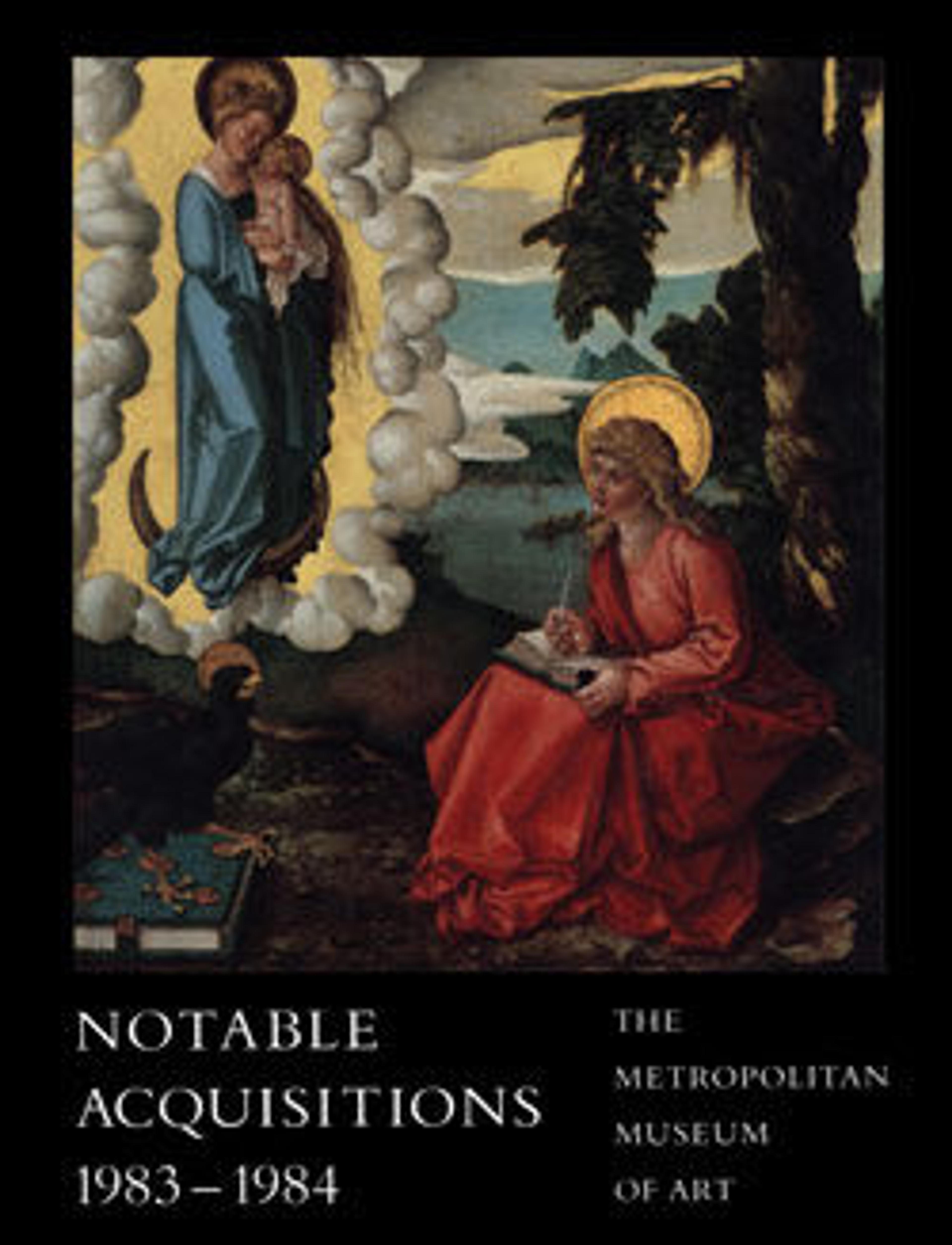White-Robed Kannon
The painted dragon and tiger, animals symbolic of yin and yang in Chinese iconography, form a triptych with a serene figure of the Buddhist deity Kannon (Sanskrit: Avalokiteshvara) in a white robe. Monochrome ink paintings of Kannon were important in the religious life of the earliest Zen temples of Muromachi Japan. The bodhisattva, embodying the concept of merciful compassion, is represented here in a casual pose and natural setting that emphasize his humanity rather than his role as deified intercessor for a faithful devotee.
There are many similar triptychs that combine secular subjects, such as the dragon and the tiger, with a central Buddhist image. Such triptychs were often hung in the tokonoma (alcove) of official rooms, an architectural feature suited for displaying prized Chinese-style art that developed in Japanese interiors during the fourteenth century.
There are many similar triptychs that combine secular subjects, such as the dragon and the tiger, with a central Buddhist image. Such triptychs were often hung in the tokonoma (alcove) of official rooms, an architectural feature suited for displaying prized Chinese-style art that developed in Japanese interiors during the fourteenth century.
Artwork Details
- 白衣観音図
- Title:White-Robed Kannon
- Period:Muromachi period (1392–1573)
- Date:15th century
- Culture:Japan
- Medium:Hanging scroll; ink on silk
- Dimensions:Image: 32 7/8 in. × 71 in. (83.5 × 180.3 cm)
71 1/2 × 21 7/8 in. (181.6 × 55.6 cm)
Overall with knobs: 71 × 24 in. (180.3 × 61 cm) - Classification:Paintings
- Credit Line:Purchase, Mary Livingston Griggs and Mary Griggs Burke Foundation Gift, 1984
- Object Number:1984.124
- Curatorial Department: Asian Art
Audio
7719. White-Robed Kannon (Avalokiteshvara)
0:00
0:00
We're sorry, the transcript for this audio track is not available at this time. Please email info@metmuseum.org to request a transcript for this track.
More Artwork
Research Resources
The Met provides unparalleled resources for research and welcomes an international community of students and scholars. The Met's Open Access API is where creators and researchers can connect to the The Met collection. Open Access data and public domain images are available for unrestricted commercial and noncommercial use without permission or fee.
To request images under copyright and other restrictions, please use this Image Request form.
Feedback
We continue to research and examine historical and cultural context for objects in The Met collection. If you have comments or questions about this object record, please contact us using the form below. The Museum looks forward to receiving your comments.
